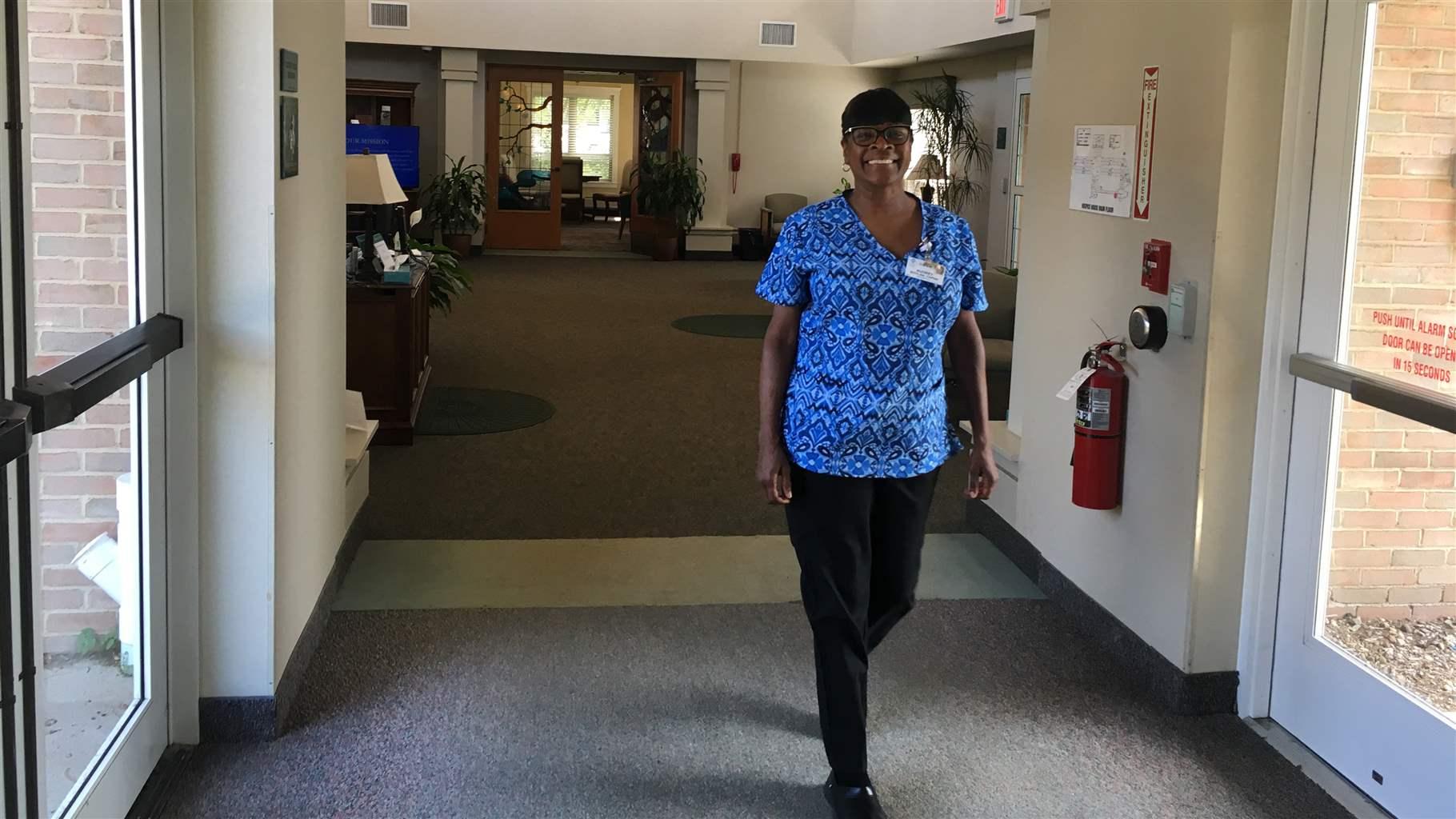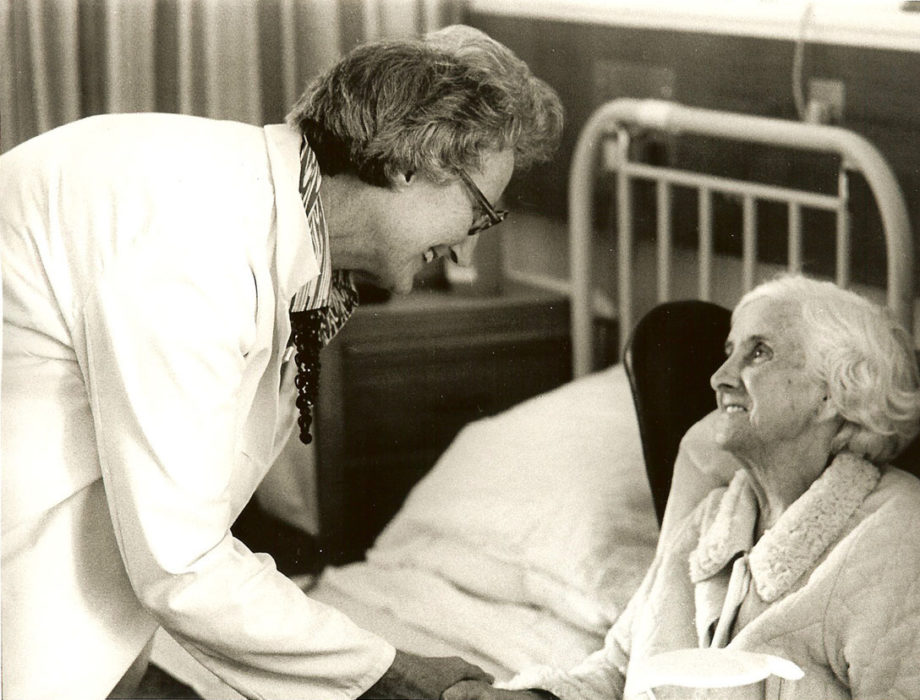


Joe Nickell, a noted investigator into the paranormal, says people who’ve watched others die sometimes experience their own form of trauma. Their perceptions are distorted by grief. Skeptics, though, say people reporting shared-death experiences are not impartial observers. “We don’t have that option in shared-death experiences because the bystanders aren’t ill or injured, and yet they experience the same kind of things,” Moody says. Skeptics have dismissed tales of the afterlife as hallucinations triggered by anesthesia or “anoxia,” a loss of oxygen to the brain that some people experience when they’re near death.īut Moody says you can’t explain away shared-death experiences by citing anoxia or anesthesia. Raymond Moody introduced the concept of the shared-death experience in his 2009 book “Glimpses of Eternity.” He first started collecting stories of people who died and returned to life while he was in medical school. Raymond Moody coined the concept, "shared-death experiences" after spending over 20 years collecting stories about the afterlife. Some somehow find a way to share their passage to the other side. All tell similar stories with the same message: People don’t die alone. These shared-death accounts come from assorted sources: soldiers watching comrades die on the battlefield, hospice nurses, people holding death vigils at the bedside of their loved ones. Those near them, either physically or emotionally, also experience the sensations of dying. The twist in shared-death stories is that it’s not just the people at the edge of death that get a glimpse of the afterlife. Stories about shared-death experiences have been circulating since the late 19th century, say those who study the phenomenon. Yet there is another category of near-death experiences that are, in some ways, even more puzzling. The stories of people who died and returned to life with tales of floating through a tunnel to a distant light have become a part of popular culture. Most of us have heard of near-death experiences.

He didn’t know what to call that moment but he eventually learned that it wasn’t unique. Ron died soon afterward, but Peters’ questions about that day lingered. Peters says he then felt his spirit drop into his body again. “He looked at me and he gave me this happy, contented look as if he was telling me, ‘Check this out. Then he glanced next to him to discover Ron floating alongside him, looking at the same scene below. He floated above Ron’s bedside, looking down at the dying man. Peters says he felt a force jerk his spirit upward, out of his body. What happened next, Peters says, was inexplicable. Peters read passages from Jack London’s “Call of the Wild” as the frail man struggled to hang on. When Peters plopped by Ron’s beside around lunch one day, the frail man was semi-conscious. Peters says he would spend up to three hours a day at Ron’s bedside, talking to and reading adventure stories to him because few family or friends visited. The man’s name was Ron, and he was a former Merchant Marine who was afflicted with stomach cancer. William Peters was working as a volunteer in a hospice when he had a strange encounter with a dying man that changed his life.


 0 kommentar(er)
0 kommentar(er)
